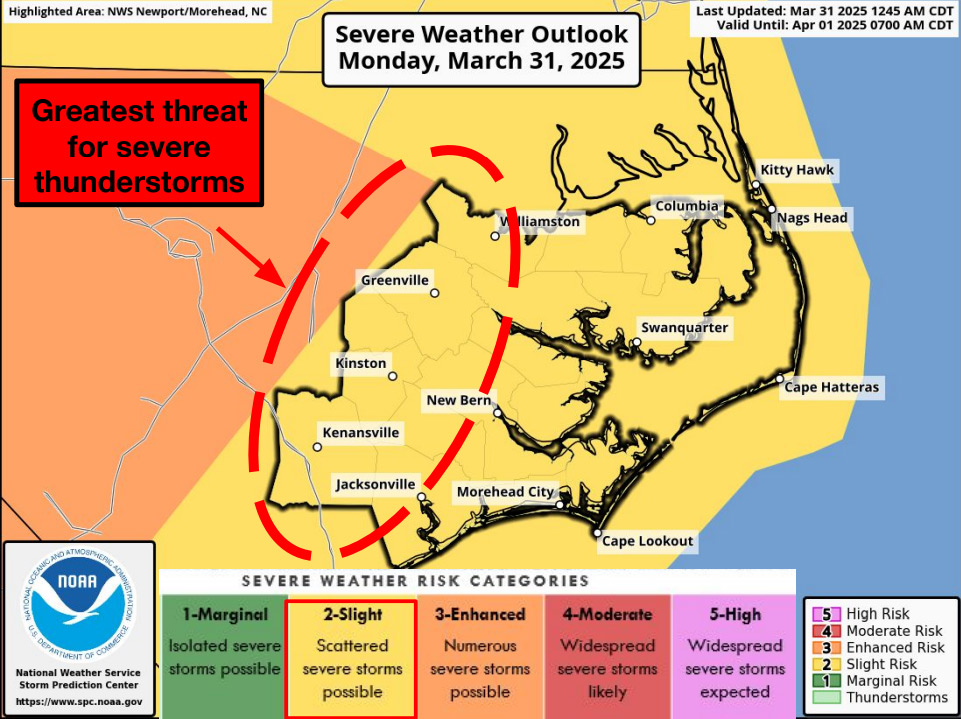The Night Sky: Stargazing tips for August
Far and away the most notable astronomical event of July was the New Horizons fly-by of Pluto on the 14th. This was the first reconnaissance of Pluto, and the 10-year wait from launch to rendezvous has proven worthwhile. The New Horizons has discovered a hazy world of flowing ice on Pluto. If you haven’t visited the NASA New Horizons website to get the complete story, you really should.
This is one of the many fascinating images of Pluto that NASA has made available.
Meanwhile, back on Earth, I had some fun nights in the observatory.
This is an image of the Iris Nebula (NGC7023). I was very happy to get this picture. Waiting for the right conditions to get a decent shot of a faint nebula can take a long time. The star in the center of the nebula tends to make it difficult to get a good photo. The Iris Nebula is 1,300 light years away.
AUGUST SKYWATCHING
The Perseids Meteor Shower will peak the night of Aug. 12. This event is capable of producing more than 50 meteors per hour. It should be a good show if the skies are clear. The moon will just be a slight crescent and will not cause major interference with viewing the meteor shower. Meteors will seem to radiate from the constellation Perseus.
The full moon on Aug. 29 will be a “Super Moon.” The moon will be as close to the Earth as it gets and will appear abnormally large.
Saturn is visible in the southwest as soon the sun sets.
MOON PHASES
Full Moon is Aug. 29.
Last Quarter is Aug. 6.
New Moon is Aug. 13.
First Quarter is Aug. 22.
ASTRONOMY TALK
In 2006 The International Astronomical Union (IAU) passed a resolution that classified Pluto as a dwarf planet. The resolution defined three categories of objects orbiting the sun — planets, dwarf planets, and small solar system bodies.
You can distinguish the three by using these guidelines:
(1) A planet is a celestial body that
(2) A “dwarf planet” is a celestial body that
(3) All other objects, except satellites, orbiting the sun shall be referred to collectively as “small solar system bodies.”
Hope that is clear for everyone.
Gerry Lebing is a retired computer scientist with the U.S. Geological Survey in Washington, D.C. He has visited Hatteras Island since the mid-1970s. He and his wife, Karen, have owned property here for several years and moved to their home in Waves full-time in 2013. Astronomy is a subject that Gerry says he has always been interested in and one that he pursues seriously — he’s built an small observatory next to his house. You can send him questions about the night sky through e-mail, gerry@wmi.org.)
















